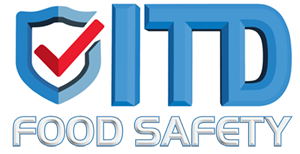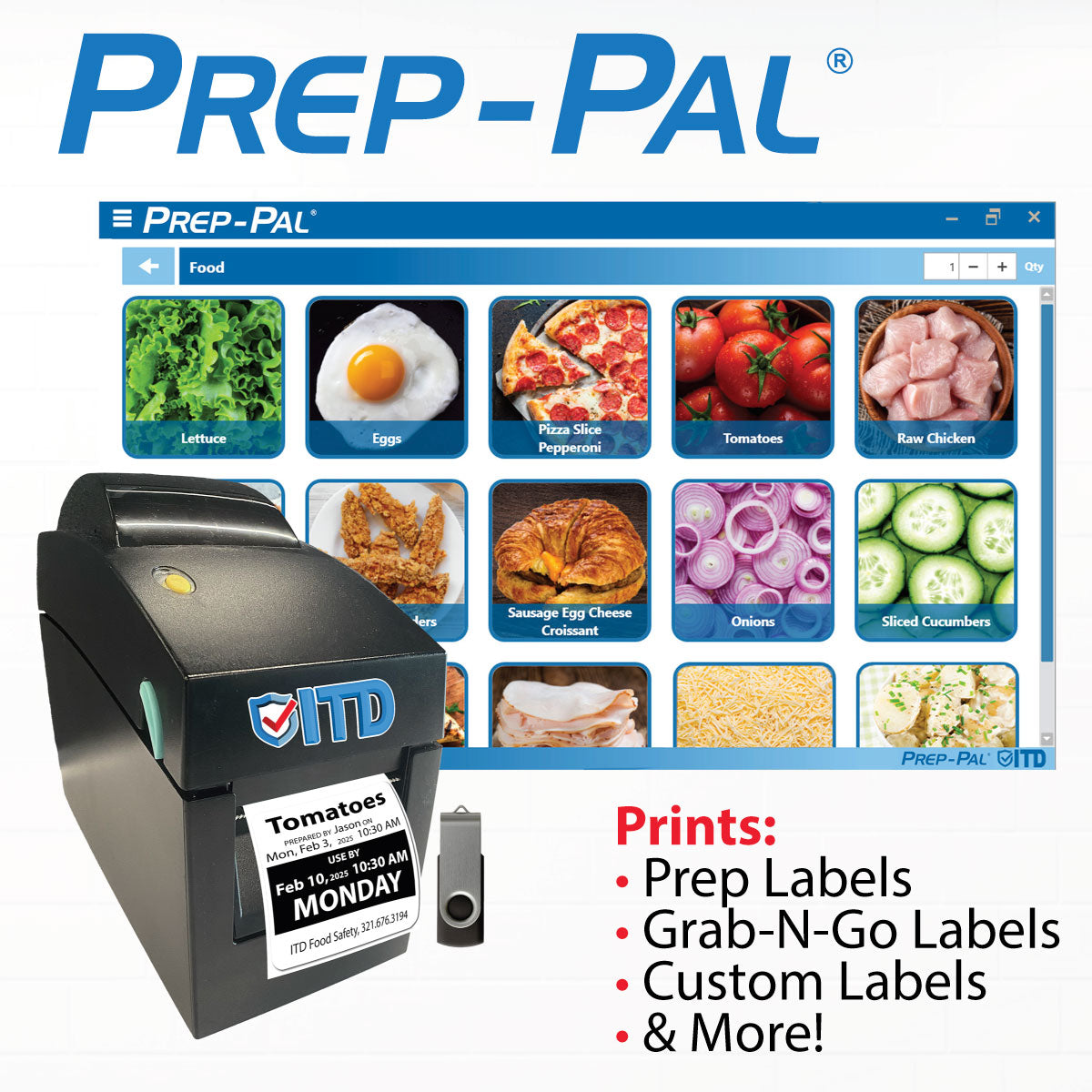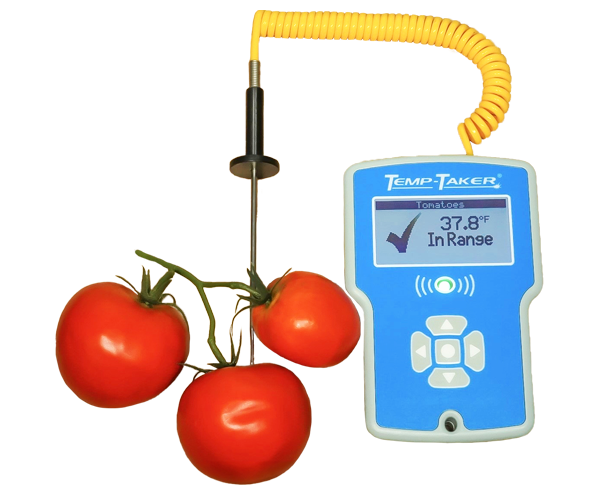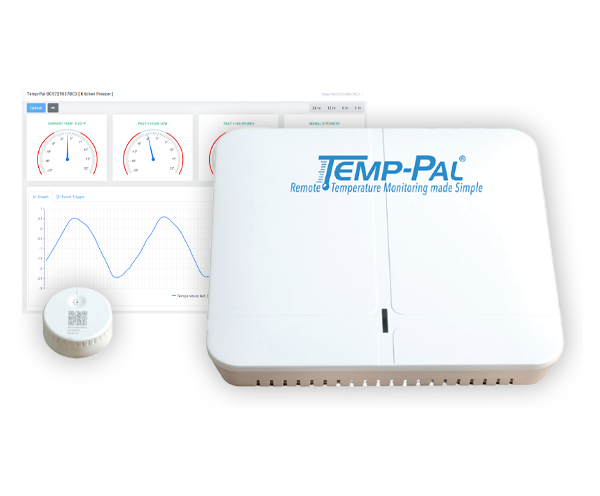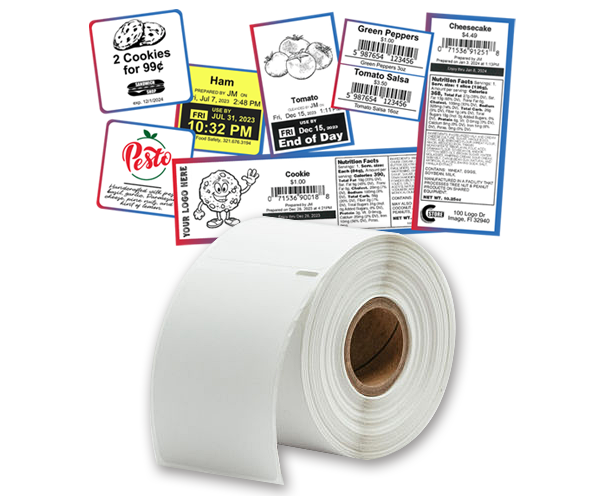Exploring the World of Thermal Printers: Pros, Cons, and Practical Uses
In today's digital age, printers play a crucial role in various industries and everyday life. Among the plethora of printing technologies available, thermal printing stands out for its efficiency, reliability, and eco-friendliness. If you're curious about thermal printers and how they stack up against traditional inkjet counterparts, you've landed in the right place!
You NEED This Printer! What You Need to Know About Thermal Label Printers
What Exactly is a Thermal Printer?
Thermal printers utilize a fascinating mechanism that doesn't rely on conventional ink cartridges. Instead, they leverage heat and pressure to imprint images and text onto specially designed thermal paper or labels. This process resembles using a hot iron on fabric, where the application of heat generates the desired output. There are two primary types of thermal printers: direct thermal printers and thermal transfer printers.
- Direct Thermal Printers: These printers directly apply heat from the print head onto the label, causing it to react and produce dark spots where the heat was applied.
- Thermal Transfer Printers: In contrast, thermal transfer printers employ a wax ink ribbon that is heated by the print head. As the wax melts, it transfers onto the label, creating the desired print.
Pros and Cons of Thermal Printing
Pros:
- Cost-Efficiency: Thermal printers require minimal ongoing costs as they eliminate the need for expensive ink cartridges, making them more economical in the long run.
- Reliability and Durability: Thermal printers are renowned for their reliability and longevity compared to traditional inkjet printers. They also withstand harsh conditions better, making them ideal for various environments.
- Portability and Ease of Use: Compact and easy to set up, thermal printers offer unmatched portability and convenience, making them suitable for both professional and personal use.
- Environmental Friendliness: By reducing waste and minimizing the use of ink cartridges, thermal printers contribute to a more sustainable printing solution, making them eco-friendly alternatives.
Cons:
- Higher Initial Cost: While thermal printers offer long-term savings, they typically entail a higher upfront investment compared to inkjet printers.
- Heat Sensitivity: Thermal prints can become illegible if exposed to high temperatures, posing a challenge in certain environments.
Practical Applications of Thermal Printing
The versatility of thermal printing extends across various industries and everyday scenarios:
- Retail: Thermal printers are commonly used in retail environments for printing receipts and labels, streamlining checkout processes.
- Food Safety: In the food industry, thermal printers play a vital role in labeling products, ensuring compliance with safety regulations.
- Transportation and Manufacturing: From shipping labels to barcode printing, thermal printers streamline logistics and manufacturing operations.
- Healthcare and Government: Thermal printing finds applications in healthcare facilities for patient identification bands, prescription labels, and administrative purposes. Government agencies also utilize thermal printers for document printing and labeling.
Conclusion: Making Informed Choices
In the debate between thermal printers and traditional inkjet alternatives, there's no one-size-fits-all answer. The decision ultimately hinges on your specific needs, budget, and environmental considerations. While thermal printers offer compelling advantages in terms of cost-efficiency, reliability, and eco-friendliness, it's essential to weigh these benefits against potential drawbacks such as higher upfront costs and heat sensitivity.
Whether you're a business owner looking to optimize operations or a homeowner seeking efficient organization solutions, thermal printers offer a promising avenue for enhancing productivity and reducing printing costs. By understanding the nuances of thermal printing technology and its practical applications, you can make informed decisions that align with your requirements and contribute to a more sustainable future.
Explore our Prep-Pal line of Direct Thermal Printers here!
